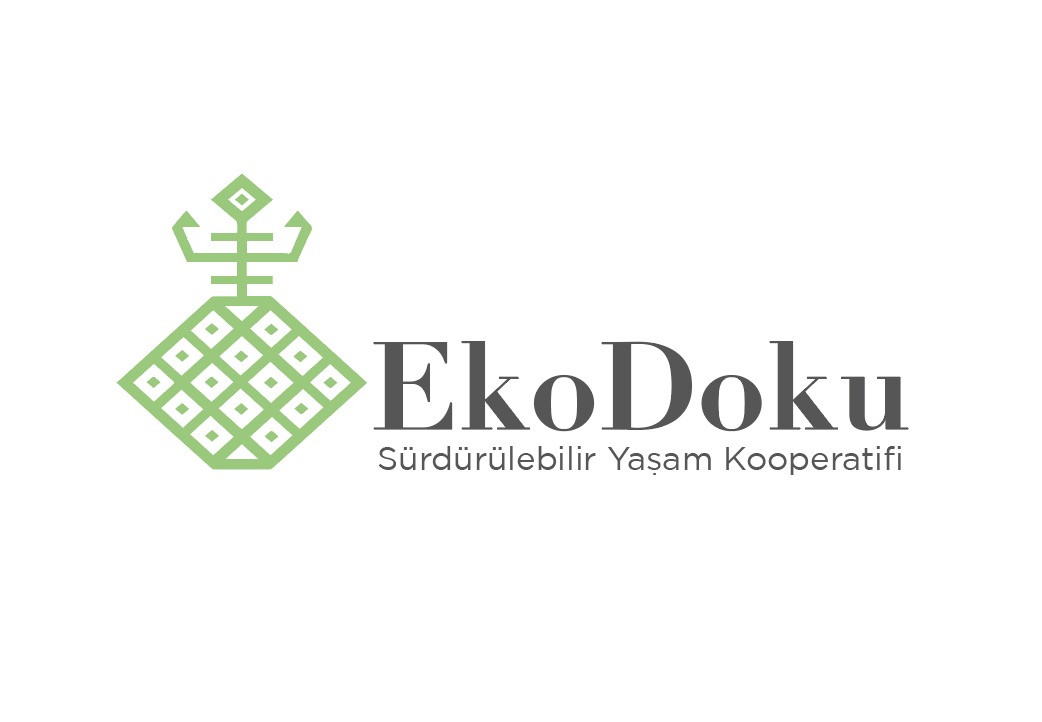Microplastics are small pieces of plastic and are used in coatings that protect any product from environmental degradation. They enable industrial products, insecticides or herbicides, vitamins or chemical compounds to be stored in microcapsules so that they can be released slowly over a targeted period of time. However, a significant proportion of the microplastics that are increasingly being used are non-biodegradable, long-lasting pollutants that are detected in air, water, soil and even in the bloodstream of animals and humans.
The European Union wants to eliminate non-biodegradable microplastics by 2025. Therefore, the search for a cheap and easily available raw material that will do the job of microplastics and degrade naturally has accelerated.
Scientists believe that "silk proteins" are the solution to this need. As a result of the work with silk proteins, it is expected to replace a synthetic polymer with a biodegradable equivalent and achieve the same, if not better, performance. Silk proteins are non-toxic, biocompatible and biodegradable, making them safe for food and medical use. Experts are hopeful for the future of silk-based coating materials due to the positive results of the tests and the chemical properties of the material.
The silk protein used in the new alternative material is said to be widely available and cheaper, unlike the high-quality silk threads used to produce fabric. While silkworm cocoons need to be carefully unraveled to produce the fine yarns needed for fabric, it is explained that for this use, non-textile quality cocoons can be used, while cocoons can be simply unraveled using a water-based process.
The new method could enable the utilization of low-quality silk that cannot be used in textiles and is often discarded because it has no significant use, as well as the upcycling of used, discarded silk fabrics.
With the widespread use of this method, it is expected that there will be a need for silk production other than the production of high quality fabrics, thus increasing silk production in other regions besides China, which has a monopoly in silk production. Because bulk silk is used for this process and there is no need for a high quality level.
Silkworm breeding and silk production is an income-generating and environmentally friendly activity that is intensely dependent on women's labor. Increasing the use of silk in areas other than textiles is important for sustainable development, environmental protection and reducing women's poverty.
Although silk proteins will not completely solve the problem of microplastic use, this development, which combines agricultural and industrial production to reduce pollution and climate change, stands out as a guiding and sustainable opportunity in the face of major challenges such as environmental pollution and climate change.
https://news.mit.edu/2022/silk-alternative-microplastics
Many thanks to Dear Meral Ünal from Good4Trust for sharing the relevant article.
